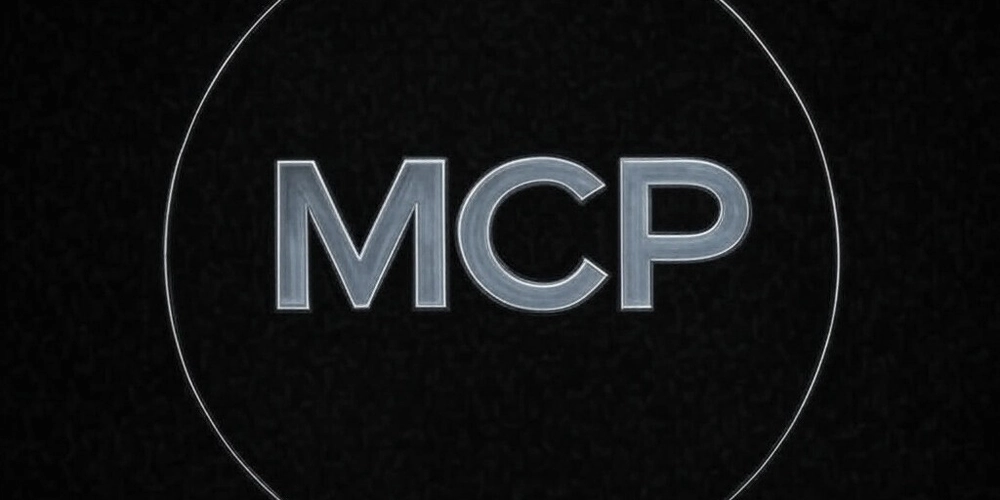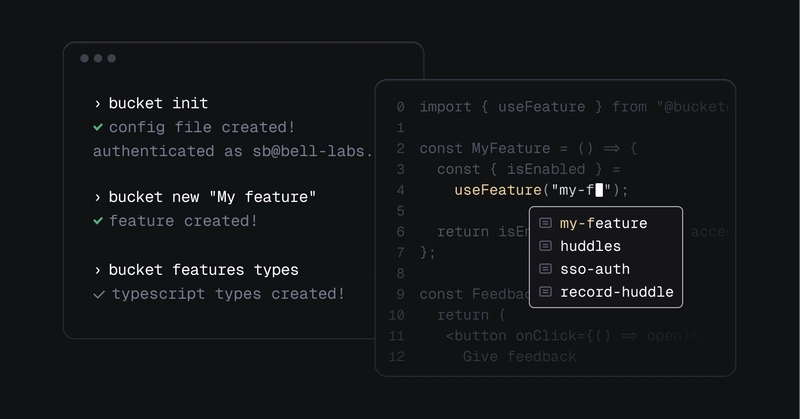Fixing Windows Boot Issues: A Comprehensive Guide
When your Windows PC refuses to boot, it can be a frustrating experience. Whether you're dealing with a black screen, an endless reboot loop, or an error message, these boot issues can stem from a variety of causes. In this guide, we'll explore the most common Windows boot problems and how to fix them effectively. We'll also introduce a reliable solution, Best Windows Boot Issues, to help you resolve these problems quickly and efficiently. Common Causes of Windows Boot Issues Understanding the root cause of boot problems is crucial to finding the right solution. Some of the most common reasons include: Corrupted System Files – Missing or damaged system files can prevent Windows from loading properly. Learn more about Windows system files. Malware Infections – Viruses and malware can corrupt essential boot files. Using a reputable antivirus tool like Windows Defender or Malwarebytes can help prevent this. Hardware Failures – Issues with your hard drive, RAM, or motherboard can cause boot failures. Using diagnostic tools like Windows Memory Diagnostic can help identify these issues. Faulty Updates – Windows updates sometimes introduce compatibility issues or bugs that disrupt startup. Microsoft’s Update Catalog can provide details on the latest patches. Incorrect BIOS/UEFI Settings – Misconfigured boot settings in BIOS/UEFI can prevent Windows from loading. Ensure that your boot mode (UEFI/Legacy) matches your system configuration. Bad Sectors on the Hard Drive – A failing hard drive may not be able to load Windows correctly. Tools like CrystalDiskInfo can monitor hard drive health. How to Fix Windows Boot Problems Check for External Devices Disconnect all USB devices and external hard drives, as they may interfere with the boot process. Enter Safe Mode If Windows fails to boot normally, try entering Safe Mode to diagnose and fix the issue: Restart your PC and press F8 (for older systems) or Shift + F8 during startup. Select Safe Mode with Networking from the Advanced Boot Options menu. Once in Safe Mode, scan for malware and remove problematic updates or drivers. Use Startup Repair Windows has a built-in Startup Repair tool that can fix boot-related issues: Boot from a Windows installation USB/DVD. Select Repair your computer > Troubleshoot > Startup Repair. Follow the on-screen instructions to complete the repair process. Rebuild the Boot Configuration Data (BCD) Corrupt or missing boot files can prevent Windows from starting. Rebuilding the BCD can help: Boot from a Windows installation USB/DVD. Select Repair your computer > Command Prompt. Type the following commands one by one and press Enter: bootrec /fixmbr bootrec /fixboot bootrec /scanos bootrec /rebuildbcd Restart your computer to check if the issue is resolved. Run System File Checker (SFC) and CHKDSK Open Command Prompt from the Advanced Options menu. Run the following command to scan and fix system files: sfc /scannow Run CHKDSK to check for disk errors: chkdsk /f /r C: Restart your PC after the scan is complete. Check BIOS/UEFI Settings Restart your PC and press F2, F12, DEL, or ESC to enter BIOS/UEFI. Ensure the boot order is set correctly (e.g., your primary hard drive should be the first boot option). Disable Secure Boot if necessary and try booting again. Uninstall Problematic Updates or Drivers If the issue started after a recent update: Boot into Safe Mode. Go to Control Panel > Programs > View Installed Updates. Uninstall the latest updates and restart your PC. Restore Windows to a Previous State If your system was working fine previously, a System Restore can help: Boot into Advanced Startup Options. Select System Restore and choose a restore point. Follow the on-screen instructions to complete the process. Perform a Windows Reset or Reinstallation If all else fails, consider resetting or reinstalling Windows: Boot into Advanced Startup Options. Select Reset this PC and choose between Keep my files or Remove everything. Follow the on-screen instructions to complete the reset. Best Windows Boot Issues Fixing Tool If you prefer an automated solution to fix boot issues, consider using Best Windows Boot Issues. This tool offers: Automatic Boot Issue Detection & Repair Malware Removal & Protection System Rollback & Recovery Easy-to-Use Interface Supports Windows 7, 8, 10, and 11 24/7 Customer Support and Step-by-Step Troubleshooting Guide Preventing Future Boot Issues To avoid boot problems in the future, follow these best practices: Keep Windows Updated – Regular updates help fix security vulnerabilities and system bugs. Check the latest Windows updates. Use Reliable Antivirus Software – Protect your PC from malware that can corrupt system files. Software like Norton or Bitdefender can provide advanced protection. Maintain Backup Copies – Regularly back up important data to an external drive or cloud storage using Windows Backup and Restore or third-party tools like Acronis. Monito

When your Windows PC refuses to boot, it can be a frustrating experience. Whether you're dealing with a black screen, an endless reboot loop, or an error message, these boot issues can stem from a variety of causes. In this guide, we'll explore the most common Windows boot problems and how to fix them effectively. We'll also introduce a reliable solution, Best Windows Boot Issues, to help you resolve these problems quickly and efficiently.
Common Causes of Windows Boot Issues
Understanding the root cause of boot problems is crucial to finding the right solution. Some of the most common reasons include:
Corrupted System Files – Missing or damaged system files can prevent Windows from loading properly. Learn more about Windows system files.
Malware Infections – Viruses and malware can corrupt essential boot files. Using a reputable antivirus tool like Windows Defender or Malwarebytes can help prevent this.
Hardware Failures – Issues with your hard drive, RAM, or motherboard can cause boot failures. Using diagnostic tools like Windows Memory Diagnostic can help identify these issues.
Faulty Updates – Windows updates sometimes introduce compatibility issues or bugs that disrupt startup. Microsoft’s Update Catalog can provide details on the latest patches.
Incorrect BIOS/UEFI Settings – Misconfigured boot settings in BIOS/UEFI can prevent Windows from loading. Ensure that your boot mode (UEFI/Legacy) matches your system configuration.
Bad Sectors on the Hard Drive – A failing hard drive may not be able to load Windows correctly. Tools like CrystalDiskInfo can monitor hard drive health.
How to Fix Windows Boot Problems
- Check for External Devices Disconnect all USB devices and external hard drives, as they may interfere with the boot process.
- Enter Safe Mode If Windows fails to boot normally, try entering Safe Mode to diagnose and fix the issue: Restart your PC and press F8 (for older systems) or Shift + F8 during startup.
Select Safe Mode with Networking from the Advanced Boot Options menu.
Once in Safe Mode, scan for malware and remove problematic updates or drivers.
- Use Startup Repair Windows has a built-in Startup Repair tool that can fix boot-related issues: Boot from a Windows installation USB/DVD.
Select Repair your computer > Troubleshoot > Startup Repair.
Follow the on-screen instructions to complete the repair process.
- Rebuild the Boot Configuration Data (BCD) Corrupt or missing boot files can prevent Windows from starting. Rebuilding the BCD can help: Boot from a Windows installation USB/DVD.
Select Repair your computer > Command Prompt.
Type the following commands one by one and press Enter:
bootrec /fixmbr
bootrec /fixboot
bootrec /scanos
bootrec /rebuildbcd
Restart your computer to check if the issue is resolved.
- Run System File Checker (SFC) and CHKDSK Open Command Prompt from the Advanced Options menu.
Run the following command to scan and fix system files:
sfc /scannow
Run CHKDSK to check for disk errors:
chkdsk /f /r C:
Restart your PC after the scan is complete.
- Check BIOS/UEFI Settings Restart your PC and press F2, F12, DEL, or ESC to enter BIOS/UEFI.
Ensure the boot order is set correctly (e.g., your primary hard drive should be the first boot option).
Disable Secure Boot if necessary and try booting again.
- Uninstall Problematic Updates or Drivers If the issue started after a recent update: Boot into Safe Mode.
Go to Control Panel > Programs > View Installed Updates.
Uninstall the latest updates and restart your PC.
- Restore Windows to a Previous State If your system was working fine previously, a System Restore can help: Boot into Advanced Startup Options.
Select System Restore and choose a restore point.
Follow the on-screen instructions to complete the process.
- Perform a Windows Reset or Reinstallation If all else fails, consider resetting or reinstalling Windows: Boot into Advanced Startup Options.
Select Reset this PC and choose between Keep my files or Remove everything.
Follow the on-screen instructions to complete the reset.
Best Windows Boot Issues Fixing Tool
If you prefer an automated solution to fix boot issues, consider using Best Windows Boot Issues. This tool offers:
Automatic Boot Issue Detection & Repair
Malware Removal & Protection
System Rollback & Recovery
Easy-to-Use Interface
Supports Windows 7, 8, 10, and 11
24/7 Customer Support and Step-by-Step Troubleshooting Guide
Preventing Future Boot Issues
To avoid boot problems in the future, follow these best practices:
Keep Windows Updated – Regular updates help fix security vulnerabilities and system bugs. Check the latest Windows updates.
Use Reliable Antivirus Software – Protect your PC from malware that can corrupt system files. Software like Norton or Bitdefender can provide advanced protection.
Maintain Backup Copies – Regularly back up important data to an external drive or cloud storage using Windows Backup and Restore or third-party tools like Acronis.
Monitor Hard Drive Health – Use tools like CrystalDiskInfo to check for potential failures before they cause boot issues.
Avoid Unnecessary Modifications – Be cautious when changing BIOS settings or installing third-party software, as improper settings can cause startup failures.
Conclusion
Windows boot issues can be stressful, but with the right approach, they are fixable. Whether you're using built-in Windows tools or opting for an automated solution like Best Windows Boot Issues, you have multiple options to restore your PC’s functionality. Follow the steps outlined in this guide, and you’ll be back up and running in no time!
By implementing these fixes and preventive measures, you can minimize the chances of future boot problems and keep your Windows system running smoothly.










































































































































































![[The AI Show Episode 142]: ChatGPT’s New Image Generator, Studio Ghibli Craze and Backlash, Gemini 2.5, OpenAI Academy, 4o Updates, Vibe Marketing & xAI Acquires X](https://www.marketingaiinstitute.com/hubfs/ep%20142%20cover.png)



























































































































![[FREE EBOOKS] The Kubernetes Bible, The Ultimate Linux Shell Scripting Guide & Four More Best Selling Titles](https://www.javacodegeeks.com/wp-content/uploads/2012/12/jcg-logo.jpg)



![From drop-out to software architect with Jason Lengstorf [Podcast #167]](https://cdn.hashnode.com/res/hashnode/image/upload/v1743796461357/f3d19cd7-e6f5-4d7c-8bfc-eb974bc8da68.png?#)






































































































.png?#)




.jpg?#)































_Christophe_Coat_Alamy.jpg?#)








































































































![Rapidus in Talks With Apple as It Accelerates Toward 2nm Chip Production [Report]](https://www.iclarified.com/images/news/96937/96937/96937-640.jpg)









































































































































